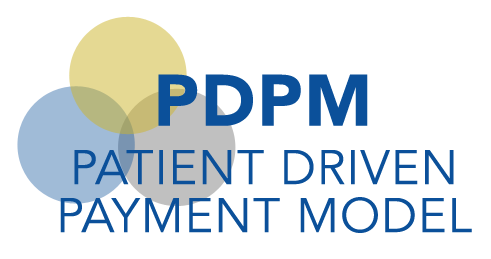By: Gabe Byars, OTR/L
Reimbursement for therapy services, including occupational therapy, are shifting. The emphasis has historically been on quantity. Reimbursement was tied to therapy minutes or visits. As a result, the focus was on how much therapy was provided. This is transitioning to a focus on quality. Medicare plans a number of changes over the next few years which will impact reimbursement for occupational therapy services. This includes the:
- Medicare B providers will be impacted by the Quality Payment Program (QPP). QPP went into effect on January 1, 2019. Under this program, provider’s reimbursement will be linked to quality outcomes and improvement measures.
- Skilled nursing providers will be impacted by the Patient Driven Payment Model (PDPM). PDPM will go into effect on October 1, 2019. Under PDPM, therapy minutes will no longer factor into payment. Instead payment will be tied to the clinical complexity of the client, quality indicators, and functional outcomes.
- Home health providers will be impacted by the Patient-Driven Groupings Model (PDGM). PDGM will go into effect on January 1, 2020. Under PDGM, number of therapy visits will no longer impact payment. Instead payment will be tied to clinical complexity, functional impairment, and episode characteristics.
All of these changes shift the focus from quantity of services to the quality of services.
Let’s be honest change is scary and many practitioners are worried about the impending reimbursement changes. However, I would argue that these changes have potential to improve our client’s lives and the quality of occupational therapy services. Importantly, these changes in reimbursement will make us ask the question, “How did we make our client’s lives better?” This is why we all do our jobs. We want to earn a comfortable living, but we could earn better money as plumbers. We chose this profession because we want to help people. These changes shift the focus from getting the minutes to improving client’s lives.
We all know that occupational therapy has amazing potential to improve client’s lives. Medicare’s quality indicators look at things like functional improvement, falls during stay, hospital readmission, and chronic disease management. Occupational therapy is perfectly suited to address all of these needs! In the long run, these changes may increase occupational therapy hiring. To do so, we need to demonstrate to our managers and administrators of the value of occupational therapy. We can break this into four steps. We need to (1) know what quality standards impact our reimbursement, (2) measure outcomes of therapy that are tied Medicare’s quality standards, (3) providing interventions that improve quality, and (4) communicating these gains to patients, family, and mangers. I would strongly recommend every occupational therapy practitioner develop plans to start down this path. Just think how much better you can make your client’s lives!
AOTA has some great resources to learn about these changes, learn about standardized measures tied to the quality measures, and advocating for the value of the profession.
